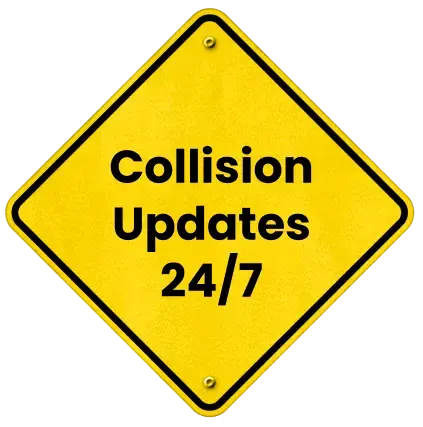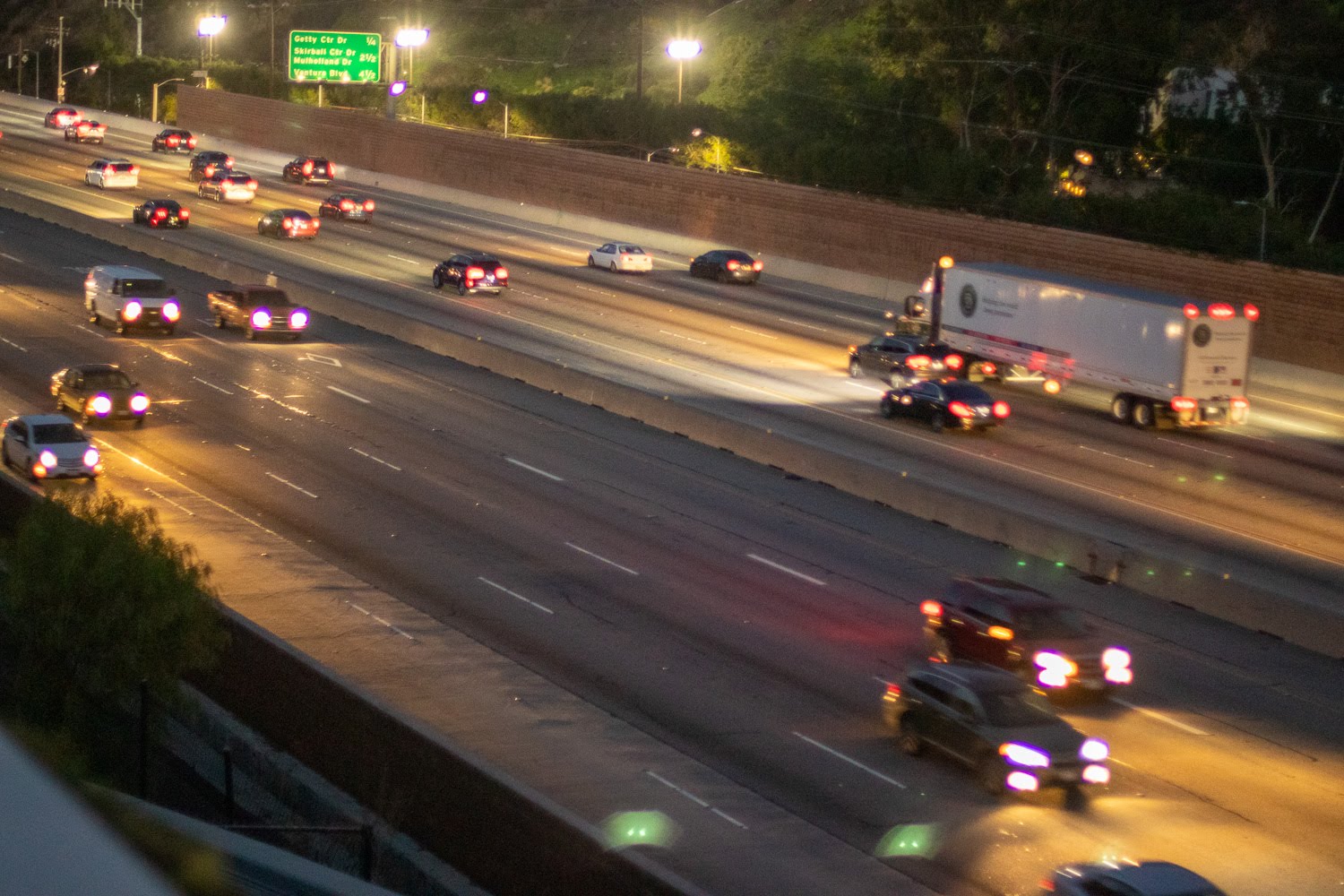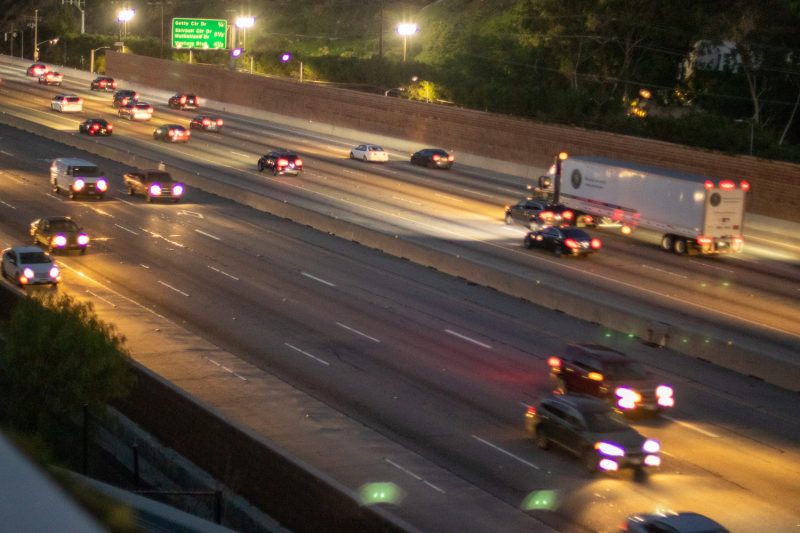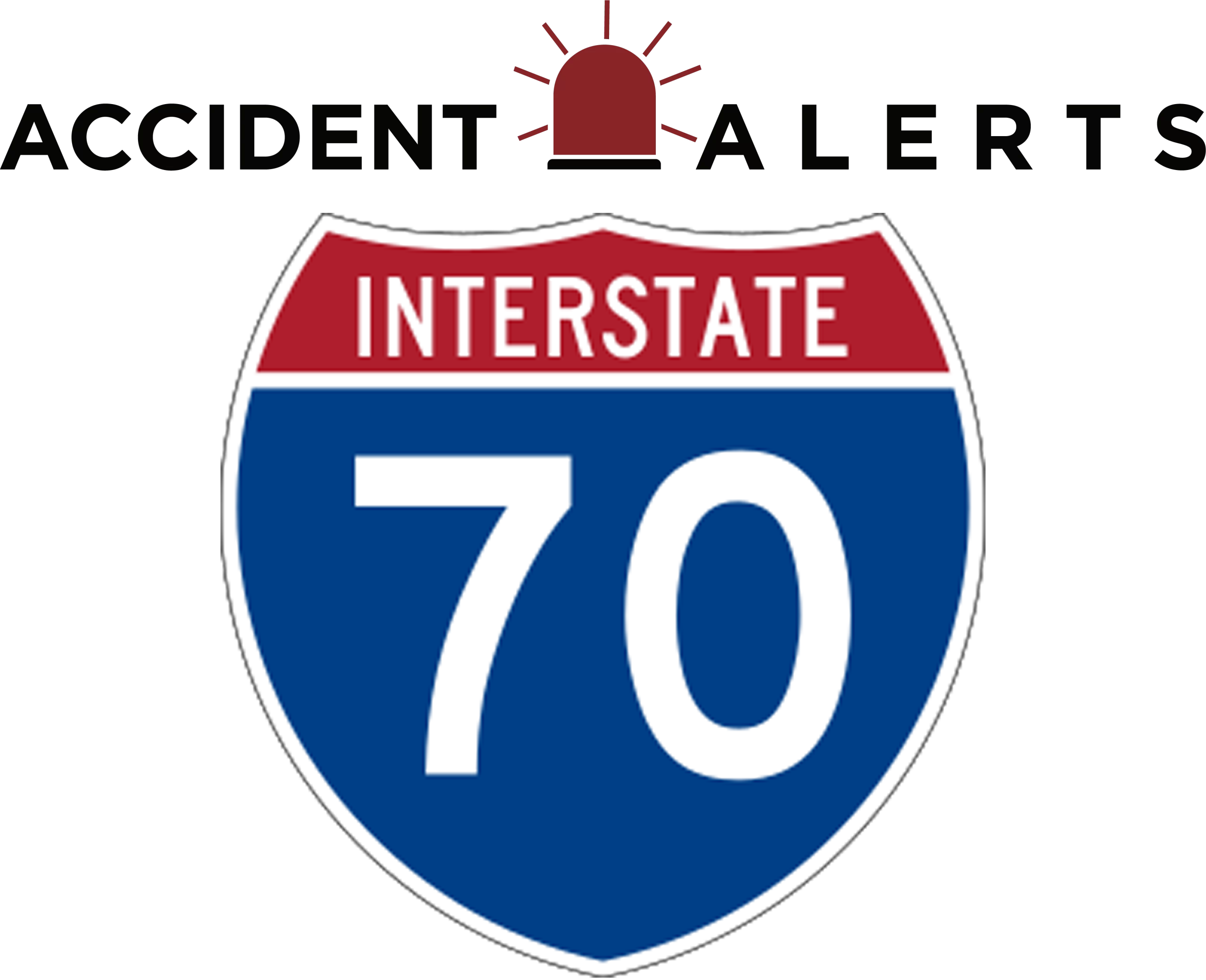
Night Driving on I-70: Fatigue, Glare & Wildlife


Nighttime driving on Interstate 70 may seem peaceful, but it conceals dangers that daytime drivers rarely face. From fatigue and glare to wildlife and deceptive depth perception, traveling this corridor after dark can quickly turn treacherous. Understanding the unique night-specific risks across mountain passes and plains can help you reduce those dangers and respond effectively after a nocturnal crash.
Mountain Challenges: Curves, Altitude, and Wildlife
Night driving through the mountains along I-70 is especially hazardous. After dark, your limited headlight range, fog, and shadows combine to shorten reaction time. Moisture, snow patches, or ice may reflect light unevenly, creating illusions that distort your sense of distance.
Wildlife crossings are another constant threat. According to the Federal Highway Administration, there are over one million wildlife-vehicle collisions each year in the United States. Colorado alone reports roughly 3,300 animal collisions annually, most between dusk and dawn. Elk and deer tend to move along ridgelines and valleys that often intersect with I-70’s mountain passes, turning an instant of distraction into disaster.
Plains Hazards: Darkness and Fatigue
Across the plains, drivers face an entirely different set of low-light hazards. Long, flat stretches can induce a hypnotic effect known as “highway hypnosis.” The absence of ambient lighting means your eyes depend completely on headlights and reflective signs, both of which can be misleading at high speed.
Fatigue driving plays a significant role in nighttime crashes. The National Sleep Foundation reports that one in five crashes involves a drowsy driver. Meanwhile, the National Safety Council estimates that although only a quarter of driving happens after sunset, half of all traffic deaths occur at night.
On I-70’s plains segments, fatigue combines with darkness and glare to create perfect storm conditions. A momentary lapse—nodding off for just three seconds—at 70 mph means traveling the length of a football field blind.
The Role of Glare and Visual Deception
Glare from headlights is among the most underestimated nighttime risks. In mountainous regions, oncoming high beams reflect off rock walls or fog, while on the plains, open sightlines make glare last longer. Each flash can leave your eyes temporarily dazzled, reducing your vision for seconds.
Keeping mirrors adjusted to their “night” setting, cleaning your windshield regularly, and dimming your dashboard lights can all help preserve night vision. Staring at oncoming headlights only worsens adaptation loss; instead, focus slightly to the right edge of the road until the glare passes.
Reducing Risks on I-70 After Dark
Whether scaling mountain curves or cruising across endless plains, night driving requires strategic awareness. Preparation is your strongest defense.
Here are six key steps to lower your risk of an I-70 night crash:
- Rest before departure. Drivers sleeping less than seven hours are far more likely to experience fatigue-related errors.
- Use high beams responsibly. They expand your visibility up to 500 feet but should be dimmed for oncoming vehicles.
- Slow down in low-light zones. Reduced speed buys reaction time when headlights catch movement ahead.
- Stay alert for wildlife. Most large-animal collisions occur between dusk and dawn, particularly during fall migration.
- Keep your windows and lights clean. Dirt or haze can double glare intensity and reduce contrast.
- Take breaks every two hours. Even five minutes of movement refreshes circulation and focus.
Each step may seem minor, but combined, they drastically improve nighttime safety—especially on routes like I-70 that mix long plains with treacherous mountain ascents.
Peak Danger Hours: Midnight to 3 A.M.
The hours between midnight and 3 a.m. are statistically the deadliest for fatigue driving. Research from the AAA Foundation confirms that most drowsy-driving fatalities occur during this window. At these hours, your body’s core temperature and alertness reach their lowest points, while melatonin levels rise, signaling the body to sleep.
If possible, avoid traveling during this period. If you must, plan to rest beforehand or schedule short naps at rest areas. Many rest stops along I-70 are equipped with lighting and patrol coverage, offering safer breaks than roadside shoulders.
What to Do After a Nocturnal Crash
Despite every precaution, a nighttime crash can still occur. Limited visibility and disoriented drivers make darkness especially dangerous, so safety must come first. Move your vehicle to the shoulder if possible, activate hazard lights, and remain inside if nearby traffic poses a threat. If it’s safe to exit, wear reflective clothing and place warning triangles or flares behind your car to alert other drivers.
Once you’re secure, contact emergency services and give clear details, including mile markers and direction of travel. Avoid standing near active lanes, and only provide first aid if you’re trained to do so. Take photos of the crash site, road conditions, and damage while noting lighting or weather issues.
After filing reports with authorities and your insurer, consult a car accident lawyer to understand your legal options. Night crashes often involve hidden injuries, and timely legal help can protect your right to compensation.
The Aftermath and Recovery
Nighttime crashes can cause lingering physical and emotional effects. Whiplash, concussions, and other injuries often surface days later, and many victims underestimate their seriousness. Complete every step of your medical evaluation, follow prescribed treatment, and keep copies of medical records, repair invoices, and correspondence related to the crash.
An experienced attorney can help gather evidence, manage insurer communication, and pursue compensation for medical expenses and lost wages. Regardless of the cause, prompt medical and legal action protects your recovery and strengthens your financial security.
Contact an I-70 Personal Injury Lawyer
I-70 is one of the nation’s most scenic highways, but after dark, its mountain grades and open plains present serious dangers. The combination of fatigue driving, glare, and unpredictable wildlife creates unique nighttime risks. When an I-70 night crash happens, focus first on safety, then on protecting your legal rights.
If you or a loved one has been injured in a nighttime collision, we can connect you to a skilled I-70 personal injury lawyer for help. An attorney can guide you through insurance claims, medical documentation, and recovery steps, ensuring you have the support you need to move forward with confidence.
